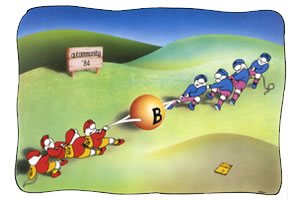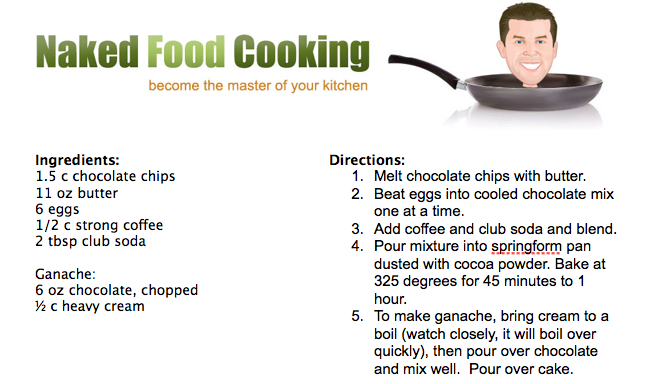 by Sean Croxton
by Sean Croxton
NOTE: If you have not read yesterday’s blog, this one will likely go over your head. Check it out and come on back!
So now that we’ve met the players in this game, let’s discuss how we can keep them from screwing up team chemistry and resulting in autoimmunity.
Once considered quackery, the role of the gut mucosa, or intestinal barrier, has over the years become a more established factor in triggering autoimmunity. As you learned yesterday, when your gut is inflamed with big holes punched in it (intestinal hyperpermeability), undigested food particles and other not-so-nice stuff can make their way into the circulation (your bloodstream) and trigger an immune response.
But what happens when your immune system gets a little trigger-happy? What happens when that undigested rib-eye steak molecule you’ve been fighting off for years starts to look a lot like your thyroid, or your pancreas, or your adrenal glands?
In a case of mistaken identity, your immune system begins attacking tissues, organ, and glands. It can even attack hormones like estrogen, leaving you infertile. No bueno. This process is called molecular mimicry, confusing one molecule with another.
Environmental toxins, called haptens, can also trigger autoimmune reactions. Haptens include inorganic compounds like the formaldehyde coming out of your carpet, chemicals in your water, as well as heavy metals like mercury, lead, and cadmium.
Here’s where glutathione comes in. As I explained in last week’s Underground Antioxidant blog, one of glutathione’s primary roles is detoxification. It acts like sticky paper grabbing onto toxins and carrying them out of the body for you. In other words, when rogue chemicals and bad guys come into your body, glutathione takes the hit for you, allowing the immune system to rest.
However, when glutathione levels are depleted due to aging, toxicity, stress, and poor diet, YOU take the hit. And you take it right in the immune system! When environmental toxins enter the body with your glutathione defenses down, big bad TH-17 is upregulated, contributing to autoimmune flare-ups.
If you recall, the activity of the TH-17 system determines the severity of the autoimmune flare-up. If you are currently dealing with autoimmunity, or would like to avoid it altogether, downregulating TH-17 by way of maximizing glutathione levels is certainly in your best interest.
Note: If you are a practitioner and suspect toxicity is playing a role in your patient’s or client’s autoimmune condition, you may want to think twice about using heavy detox protocols (like chelation) without increasing glutathione levels first. Heavy metal chelation can be devastating to anyone with autoimmunity if glutathione is not there to take the hit.
Let’s get back to the TH-1 and TH-2 balancing act. Autoimmune conditions typically (but not always) show dominance in one system over the other. The role of the T-regulatory cells is to reduce this polarity. When there is a downregulation of these T-regulatory cells, TH-1 and TH-2 go off kilter, thus triggering the faulty immune process.
Glutathione to the rescue!


 by Sean Croxton
by Sean Croxton
 by Sean Croxton
by Sean Croxton






